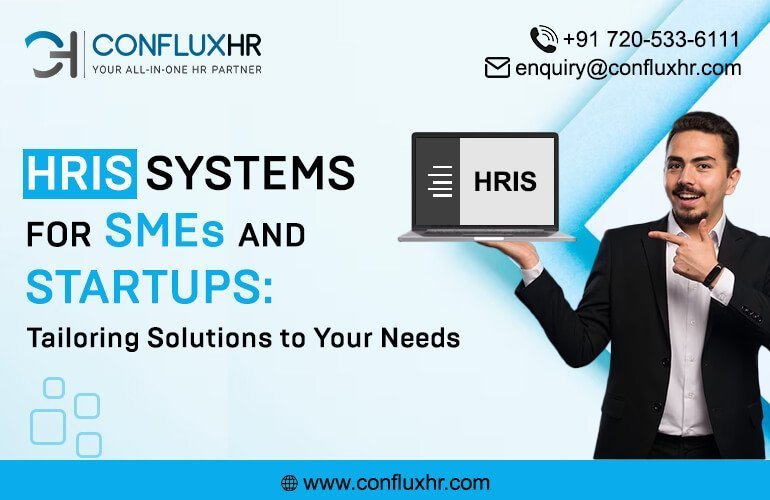In today’s fast-paced business environment, effective time management is a critical component of success. Accurate tracking of employee attendance and working hours ensures fair compensation and aids in productivity analysis and compliance. Time tracking spreadsheets and Human Resource Information Systems (HRIS) are two common tools for time tracking. In this blog, we will delve into the pros and cons of each to help you make an informed choice for your business.
Time Tracking Spreadsheets
Pros:
- Cost-Efficiency: Spreadsheets are readily available and often free, making them a cost-effective choice for small businesses with budget constraints.
- Customization: You have full control over how you design your time-tracking spreadsheet, allowing you to tailor it to your business’s unique needs.
- Ease of Use: Spreadsheets are familiar to many employees, so the learning curve is generally low. Training requirements are minimal.
- Accessibility: Spreadsheets can be accessed offline, useful in areas with unreliable internet connectivity.
- Integration: Spreadsheets can be integrated with other business applications for data analysis and reporting.
Cons:
- Limited Scalability: Spreadsheets can become unwieldy as your business grows, making it challenging to manage a larger workforce.
- Data Entry Errors: Manual data entry is prone to errors, which can lead to payroll discrepancies and compliance issues.
- Version Control: Coordinating multiple versions of spreadsheets across different departments can be confusing and lead to data inconsistencies.
- Security Concerns: Spreadsheets lack robust security features, putting sensitive employee data at risk.
HRIS Systems for Time Tracking
Pros:
- Automation: HRIS systems automate time tracking, reducing the need for manual data entry and minimizing errors.
- Comprehensive Features: HRIS solutions often include additional HR management features such as payroll, leave management, and employee self-service portals.
- Scalability: HRIS systems can seamlessly accommodate your business’s growth, making them suitable for small and large enterprises.
- Data Accuracy: Automation ensures accurate attendance and working hours tracking, reducing payroll discrepancies.
- Reporting and Analytics: HRIS systems offer robust reporting tools, enabling data-driven decision-making.
Cons:
- Cost: HRIS systems typically require an initial investment and ongoing subscription fees, which might be prohibitive for some small businesses.
- Learning Curve: Implementing a new HRIS system may require training for your HR team and employees.
- Internet Dependency: HRIS systems rely on internet connectivity, which can be problematic in areas with poor network access.
- Customization Constraints: While HRIS systems offer features out of the box, extensive customization may not be possible or may incur additional costs.
In conclusion, the choice between time-tracking spreadsheets and HRIS systems depend on your business’s specific needs and resources.
Spreadsheets are cost-effective and easy to set up but may become cumbersome as your business grows. HRIS systems offer automation, scalability, and enhanced data accuracy. Still, they come with an initial cost and may require a learning curve.
For small businesses with limited resources, spreadsheets can be a starting point. However, consider transitioning to an HRIS system to streamline time tracking and overall HR management as your business expands.
Ready to upgrade your time tracking and HR management? Explore ConfluxHR’s comprehensive HRIS solutions today and take your business to the next level. Request a demo now!


